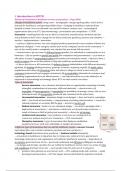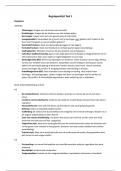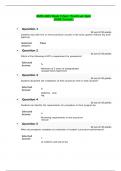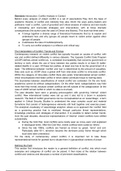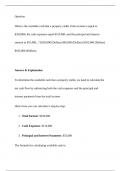Samenvatting
Summary literature Management of Innovative Technologies in Community-Based Health Care (AM_1181)
- Instelling
- Vrije Universiteit Amsterdam (VU)
This is a summary of all the literature provided during the course of MITCH, that is also exam material.
[Meer zien]
